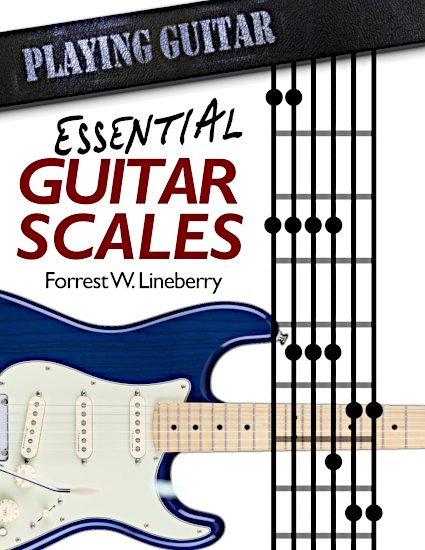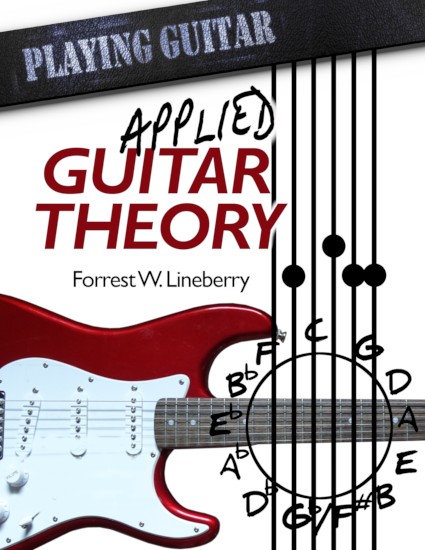Modes in a Nutshell
Take the major scale as a starting point.
C major gives us the notes C D E F G A B
If you take that same note collection and make it sound like some kind of D scale, you get the D Dorian mode.
If you take that same note collection and make it sound like some kind of E scale, you get the E Phrygian mode.
If you do the same thing from the remaining notes in the collection you get the remaining modes – F Lydian, G Mixolydian, A Aeolian, B Locrian, C Ionian.
The important point is that in order to get the mode, you have to make the notes sound like a different scale.
How modes correlate to fingerboard patterns is that many people make the mistake of thinking that the modes are just the different finger patterns you learn for playing the major scale. It’s not the finger pattern that makes the mode. Any finger pattern for the major scale can be made to sound like every mode. It’s the sound that makes the mode.
There are a few commonly used ways of getting familiar with the sound of each mode.
The first way is to learn the interval structure of each mode so you can play each mode from the same starting note. For example, starting each mode from C would give you:
C D E F G A B = C Ionian
C D Eb F G A Bb = C Dorian
C Db Eb F G Ab Bb = C Phrygian
C D E F# G A B = C Lydian
C D E F G A Bb = C Mixolydian
C D Eb F G Ab Bb = C Aeolian
C Db Eb F Gb Ab Bb = C Locrian
Playing each mode like this allows you to compare the sound quality of each.
Another method is to play each mode over a static pedal tone to establish the root for the mode.
You can also play each mode over a chord built from the root of the mode.
Another good way to help get the sound of each mode is to split them into major modes and minor modes. For the major modes start with major pentatonic and then add the remaining notes to get each mode. Do the same thing with the minor modes and the minor pentatonic scale. The pentatonic scales give you the basic major and minor sound. Each mode colors that basic sound in a unique way.




